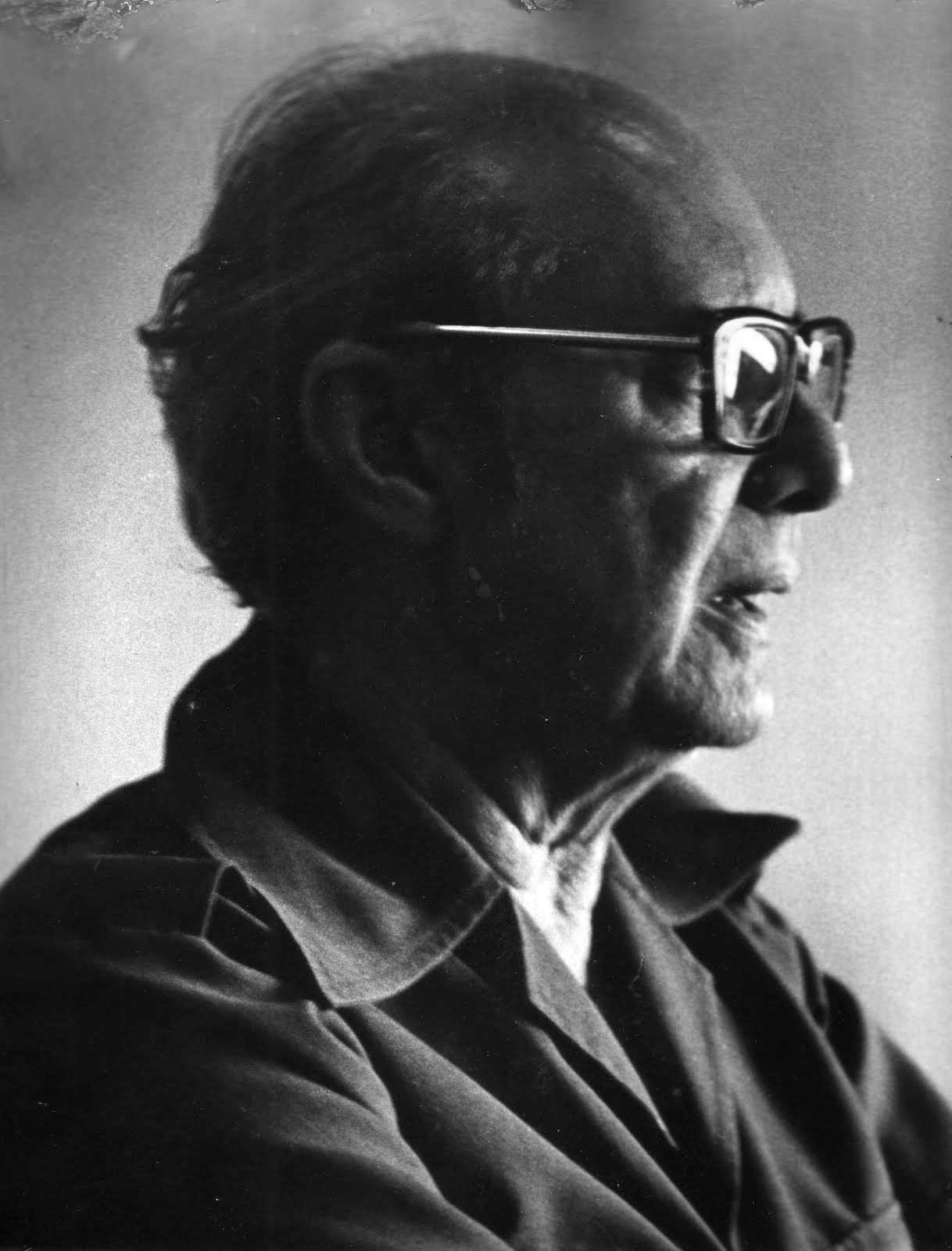4.1.3.6 The poetic and cultural work of Mario Rodríguez Alemán (1926 – 1986)

Mario Rodríguez Alemán was born in Sagua la Grande, Villa Clara, in 1926. From a young age, he delved into literature, as well as dramatic studies and teaching. Years later, he would work as a critic and participate in the film industry with his keen eye and as the host of the television program “Tanda del domingo,” which set a standard among viewers for its selection of proposals and analysis of works, based on a vast knowledge of the genre.
From a very young age, his interest in literature and theater became evident, intertwining them in his works and in his teaching, to which he would dedicate part of his life. In this regard, his founding of the Havana Municipal Academy of Dramatic Arts and his time as Secretary of the Association of Theater and Film Editors of the National College of Journalists are illustrative.
Although his poetic work was truly meager – the collection of poems “Suite” from 1947 and it is said that some later unpublished pieces – he also left his mark on the so-called generation of the 50s, immersed in the field of neo-romanticism but without really making substantial contributions, a facet that nevertheless must be highlighted as a complement to his intellectual career both in front of and behind the cameras.
His consecration as an educator took center stage in literature; he was a professor at the School of Letters and Arts at the University of Havana, although he later gravitated toward the dramatic arts, especially film criticism, for which he is remembered by viewers, whose tastes he helped guide toward fine filmmaking.
His studies on cinema and related subjects included the publication of the following texts: “Profile and Contour of Katherine Mansfield”, 1947; “The Nationalism of Augustus Strindberg in Miss Julia”, “Shakespeare in the Cinema”, 1964; “The Battleship Potemkin” and “Ten Days that Shook the World”, through which he sharpened his knowledge of the universal dramatic field.
Critical texts under his rubric have been published in “Mañana”, “Diario Libre”, “Combate”, “La Calle”, “Juventud Rebelde”, “Granma”, “Mujeres”, “Cine cubano”, “El Mundo”, “Revista Cubana” and others, thereby making a valuable contribution to the culture and knowledge of cinema in the country.








